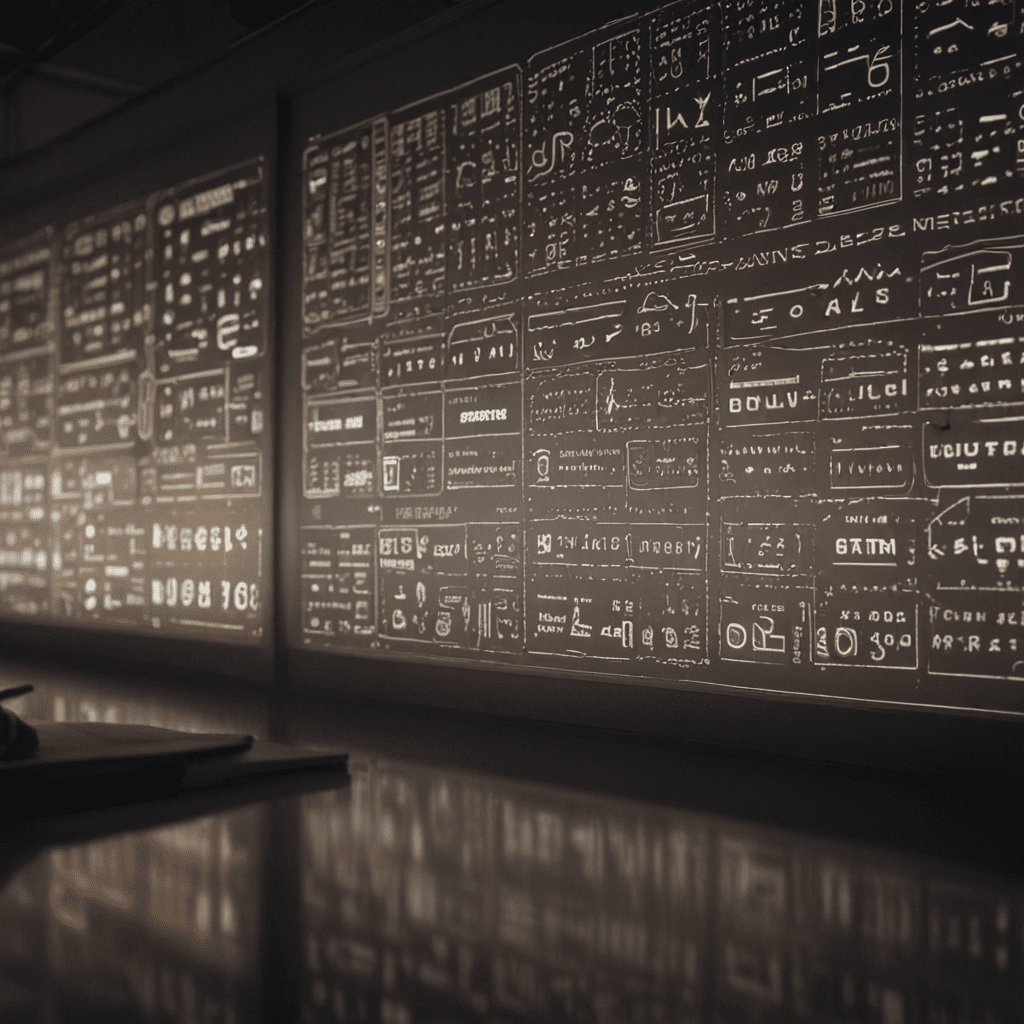
The Evolution of User Experience (UX) Design
Beginnings: The Era of Usability
In the nascent stages of computing, user experience (UX) was synonymous with usability. The primary focus was on ensuring that users could interact with software and devices efficiently and without errors. This era was marked by the development of guidelines and standards that aimed to optimize the user interface (UI) for clarity, consistency, and ease of use.
The Rise of Human-Centered Design
As technology became more pervasive, designers began to recognize the importance of understanding the human factors involved in UX. This led to the emergence of human-centered design (HCD), an approach that emphasizes the needs, motivations, and cognitive abilities of users. HCD practitioners focused on creating experiences that were both functional and enjoyable, taking into account the user's emotional and psychological responses.
The Expansion of UX Research
The rise of HCD coincided with the expansion of UX research. Designers began to employ a variety of research methods, such as user testing, interviews, and surveys, to gather data on user behavior, preferences, and pain points. This data served as the foundation for informed design decisions that aimed to improve the overall UX.
The Emergence of Interaction Design
With the advent of the graphical user interface (GUI), interaction design emerged as a specialized discipline within UX. Interaction designers focused on the ways in which users interact with digital products, including the design of buttons, menus, and navigation systems. Their goal was to create seamless and intuitive experiences that minimize user frustration and enhance engagement.
The Influence of Agile and Lean Methodologies
The adoption of agile and lean methodologies in software development had a significant impact on UX design. These methodologies emphasized iterative development, frequent feedback, and continuous improvement. UX designers integrated these principles into their workflow, resulting in more flexible and responsive design processes that could adapt to evolving user needs.
The Proliferation of Digital Devices
The proliferation of digital devices, such as smartphones, tablets, and wearables, created new challenges and opportunities for UX designers. These devices introduced different screen sizes, input methods, and usage contexts, requiring designers to adapt their designs to accommodate the unique characteristics of each platform. UX designers responded by developing responsive and adaptive UIs that could seamlessly adjust to the user's environment.
The Focus on User Emotion and Delight
As UX design matured, there was a growing recognition of the importance of user emotion and delight. Designers began to focus on creating experiences that not only met functional needs but also evoked positive emotions and left users feeling satisfied and engaged. This shift led to the development of design principles that emphasized aesthetics, storytelling, and personalization.
The Advent of Artificial Intelligence (AI)
The advent of AI has had a profound impact on UX design. AI-powered technologies, such as natural language processing (NLP) and machine learning (ML), have enabled designers to create more personalized and interactive experiences. AI can provide personalized recommendations, automate tasks, and improve the overall usability of digital products.
The Future of UX Design: Immersive and Personalized Experiences
The future of UX design lies in the creation of immersive and personalized experiences. Virtual reality (VR), augmented reality (AR), and mixed reality (MR) technologies are opening up new possibilities for user engagement. UX designers are exploring ways to create virtual worlds that offer users unique and memorable experiences. Additionally, the continued advancement of AI will enable even more personalized and adaptive experiences that cater to the individual needs and preferences of each user.
The Continuous Evolution of UX Design
UX design is a constantly evolving field that is shaped by technological advancements, user expectations, and design trends. As technology continues to evolve, UX designers will need to adapt their skills and knowledge to meet the challenges and opportunities of the future. The focus on human-centered design, user research, and iterative development will remain fundamental principles of UX design, ensuring that the needs and experiences of users are always at the forefront.
FAQ
What are the key principles of UX design?
- User-centered design: Prioritizing the needs, motivations, and cognitive abilities of users.
- Usability: Ensuring that users can interact with digital products efficiently and without errors.
- Aesthetics: Creating visually appealing and engaging experiences.
- Personalization: Tailoring experiences to the individual needs and preferences of each user.
What are the different types of UX design?
- Interaction design: Designing the ways in which users interact with digital products.
- Information architecture: Organizing and structuring content to make it easy for users to find and understand.
- Visual design: Creating the visual elements of a user interface, including colors, typography, and layout.
What are the benefits of good UX design?
- Improved user satisfaction and engagement.
- Increased efficiency and productivity.
- Reduced errors and frustration.
- Enhanced brand reputation and loyalty.

